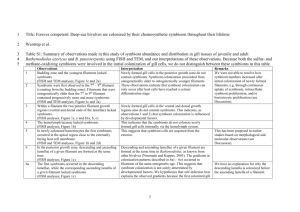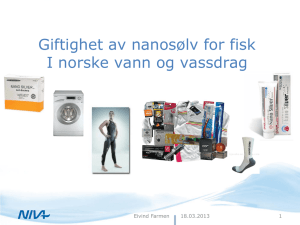File
advertisement
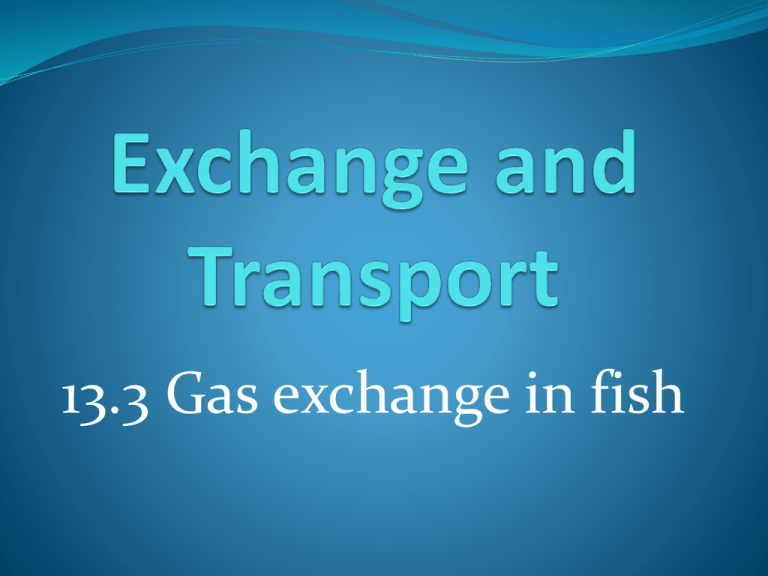
13.3 Gas exchange in fish Learning outcomes Students should be able to understand the following: The structure of fish gills and how water is passed along them The difference between parallel flow and countercurrent flow How countercurrent flow increases the rate of gas exchange Candidates should be able to: Describe gas exchange across the gills of a fish (gill lamellae and filaments including the countercurrent principle) Structure of fish gills Gills and gas exchange • Gills are the gas exchange surfaces in fish • Composed of gill filaments stacked like pages in a book • Gill lamellae project at right angles from the filaments and serve to increase the surface area of the gills for gas exchange • Gill lamellae are just a few cells thick and contain blood capillaries How does this help facilitate gas exchange? Why will a fish suffocate if left out of water? Unit 2 Chap 13 Flash Files\fish gill lamellae.swf Water flow over fish gills Unit 2 Chap 13 Flash Files\fish gill filaments.s wf Gas exchange across gill lamellae Countercurrent exchange principle • In countercurrent flow blood is always coming into contact with water that has a higher dissolved oxygen concentration • The diffusion gradient for oxygen is therefore maintained along the entire length of the gill structure • This facilitates maximun possible gas exchange across gill lamellae Unit 2 Chap 13 Flash Files\counter-current flow.swf • In parallel flow the concentration gradient will level out when blood and water are both 50% saturated with oxygen • Diffusion therefore stops when the blood is only 50% saturated with oxygen • In the countercurrent system blood will continue absorbing oxygen from water as the concentration gradient does not level out Unit 2 Chap 13 Flash Files\parallel flow.swf Summary of gas exchange in fish by countercurrent flow AQA AS Biology textbook pg 181 Answer summary questions 1 to 4 Unit 2 Chap 13 Flash Files\gas exchange in fish summary.swf Build a model to explain the principle of gas exchange in fish gills by countercurrent flow Complete the exam style questions on gas exchange in fish Qu 2 (a) (b) Qu 1 (a)(i) (ii) (b)(i) (ii) countercurrent mechanism; helps maintain diffusion gradient; mackerel has shortest total distance; for diffusion; (activity requires) oxygen for respiration / ATP production; 2 3 [5] Arrow from vein towards artery, across lamella. 1 Water with high oxygen conc. meets blood with low oxygen conc; (may be derived from correct diagram) Difference in concentration maintained (across lamella); Diffusion gradient maintained. 2 79 (Allow 78-80) – gains 2 marks. Length of cycle calculated from graph (0.75 - 0.77s) - gains 1mark Correct method (60 divided by cycle time), but cycle wrong time - gains 1 mark 2 Floor of mouth cavity lowered (increasing volume). 1 [6] Learning outcomes Students should be able to understand the following: The structure of fish gills and how water is passed along them The difference between parallel flow and countercurrent flow How countercurrent flow increases the rate of gas exchange Candidates should be able to: Describe gas exchange across the gills of a fish (gill lamellae and filaments including the countercurrent principle)
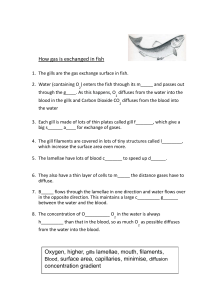
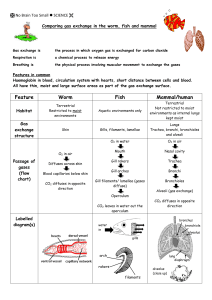
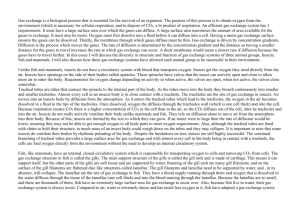
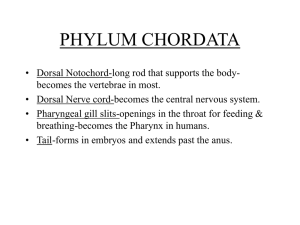
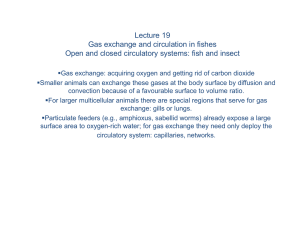

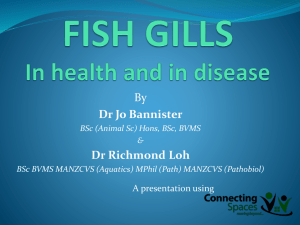
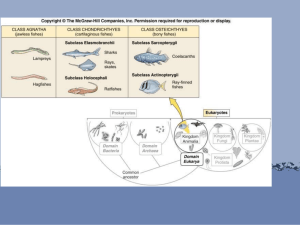


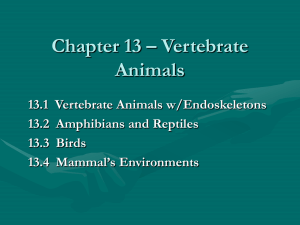

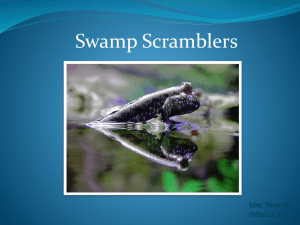


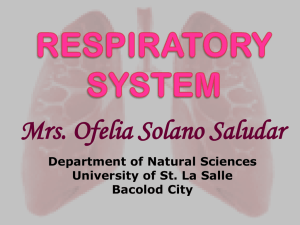
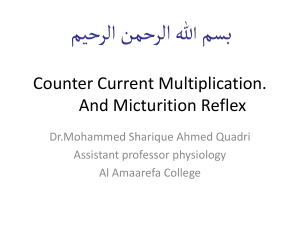
![Countercurrent exchange in biological systems [edit]](http://s3.studylib.net/store/data/006922309_1-6a35e93b26f21c65b0a52d93cac8962b-300x300.png)
